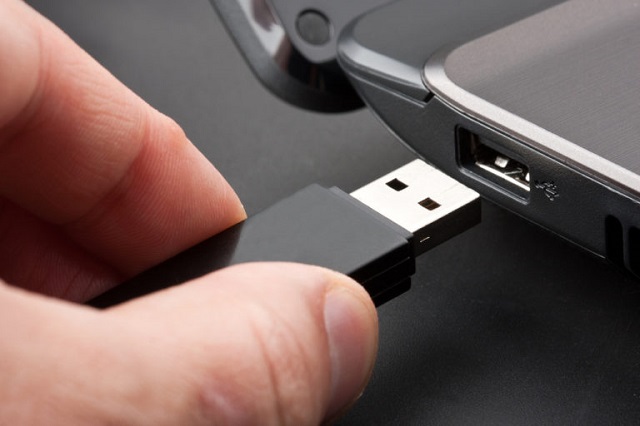USB or Universal Serial Bus devices are designed to store and transfer data between computers and other devices. USB devices are convenient, compact, and make it easy to carry around and share files. However, as with all data storage devices, there is always a risk of data loss. This can be due to various reasons such as accidental deletion, virus attacks, physical damage, or simply the device not being recognized by the computer. In such cases, you need professional USB data recovery services in Canada to restore your lost or corrupted data.
USB data recovery Canada involves the retrieval of lost or damaged data from malfunctioning USB devices. It is a specialized service that requires advanced technical skills, experience, and specialized tools. USB data recovery can be performed on all types of USB devices, including flash drives, memory sticks, external hard drives, and SD cards. In this article, we will explore the different stages involved in USB data recovery in Canada.
Step 1: Diagnostic Evaluation
The first step in USB data recovery is diagnostic evaluation. This is the process of identifying the type of damage that the USB device has sustained. The evaluation includes a series of tests on the device itself as well as the data it contains. In most cases, diagnostic evaluation is done in a laboratory equipped with specialized tools and software. The diagnostic evaluation is crucial in determining the exact cause of data loss, which will guide the data recovery process.
Step 2: Physical Repair
After the diagnostic evaluation, the USB device is repaired physically if there is any physical damage. The physical repair may include fixing broken connectors or replacing damaged circuits. This stage requires specialized tools and expertise to ensure that the repairs are done correctly. If the device is beyond repair, then the advanced data recovery technicians will proceed to the next stage.
Step 3: Data Recovery
The most critical stage in USB data recovery is the data recovery process. This process is dependent on the cause and extent of data loss. The data recovery specialists will use specialized software and tools to recover the lost data. The software tools can recover data in the event of accidental deletion, formatting, virus attacks, file corruption, or any other type of data loss. During the data recovery process, care is taken to ensure that the data is recovered intact and no further damage is done to the USB device. The recovered data is then saved in a different storage device to avoid overwriting or further damage to the original data.
Step 4: Data Integrity Checks
Once the data recovery process is complete, the recovered data is subjected to a series of tests to ensure its integrity and authenticity. The data integrity checks can identify any errors that may have occurred during the recovery process, such as corrupted files or data that is incomplete. Any errors found are corrected to ensure that the data is accurate and complete.
Step 5: Data Transfer
The final stage of USB data recovery is transferring the recovered data to a different storage device. The data can be transferred to an external hard drive, a USB stick, a CD/DVD, or a cloud-based platform. This is done to ensure that the recovered data is safe and secure and can be accessed easily. It is advisable to have a backup of your data to avoid another loss in the future.
Conclusion
Data loss can be catastrophic and can result in a significant loss of productivity, revenue, or personal information. USB data recovery services in Canada provide a solution to restore your lost data. The services are performed by skilled technicians who have the expertise, experience, and tools required to recover data from all types of USB devices. Therefore, it is important to choose a reputable and reliable data recovery service to ensure the highest level of success in recovering your lost or corrupted data. By following the stages outlined in this article, you can recover your lost data and get back to business or personal life as quickly as possible.







No comments